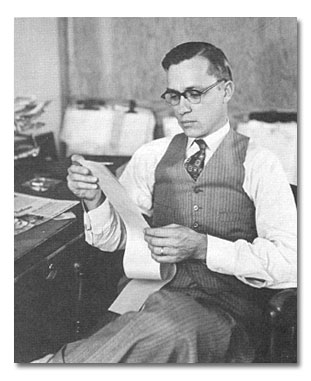|
On a hot July night in 1950 Horace Carter watched as thirty cars
filled with armed, robed and hooded Ku Klux Klansmen made their
way through Tabor City, a small town on the North Carolina-South
Carolina border.
The event marked the beginning of two years of turmoil as Carter,
Tabor City and the surrounding communities witnessed large Klan
rallies, gunplay, abductions, assaults and murder—a saga fueled
by KKK ambition and the uncertainty of rapidly changing times, as
the South faced its history of race relations and adjusted to the
new challenges of the Cold War.
Carter, the twenty-nine year old editor of the weekly Tabor
City Tribune, would be observer, participant, commentator
and conscience to these events, standing against the Klan
and risking life, livelihood, friendships and his family’s
safety. For his efforts, the Tribune won a Pulitzer
Prize.
In 2003, an effort began to create a documentary film and other
multimedia elements to illuminate this episode in Carolinas’
history, and the role of Horace Carter and many others in it, including
Klan leader Thomas Hamilton. Carter, still living and in his eighties,
is cooperating with the production. |

Carter, editor of Tabor City Tribune |
